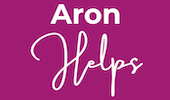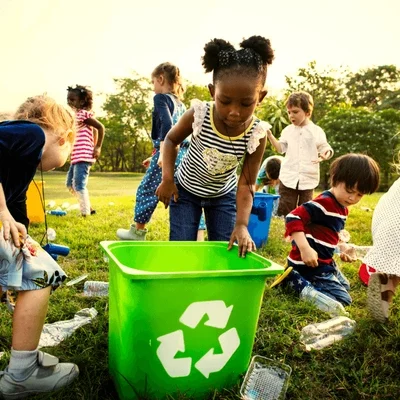Maintaining a clean child care environment is essential for protecting the health and well-being of both children and staff. Since young children are more vulnerable to illnesses, following proper cleaning and disinfecting practices every day can help stop the spread of harmful germs like bacteria, viruses, and fungi.
Essential Daily Practices To reduce the risk of illness in your facility:
- Wash hands frequently especially after diapering, toileting, or handling food.
- Know the difference between cleaning, sanitizing, and disinfecting.
- Select the right product for each task.
- Follow product instructions carefully, including contact time and rinse requirements.
- Never mix products unless the label specifically says it’s safe.
- Keep all cleaning products securely locked away from children.
Understanding the Differences between Cleaning, Sanitizing and Disinfecting.
- Cleaning: Removes dirt, soil, and grease from surfaces using soap or detergent and water. This process may also remove some germs physically.
- Sanitizing: Lowers the number of germs on surfaces to safe levels, as defined by public health standards. This is often done on food contact surfaces and toys.
- Disinfecting: Kills a wide range of harmful germs on non-porous surfaces, including bacteria, viruses, and fungi that can cause infections.
Creating a clean and safe child care environment doesn’t just protect against illness, it fosters trust and peace of mind for parents and caregivers. By understanding the purpose of cleaning, sanitizing, disinfecting and using products safely and effectively, you contribute to a healthier space where children can thrive, play, and learn. A cleaner facility today means fewer sick days tomorrow.







